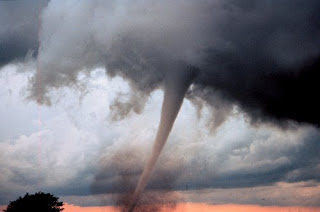WHO Meets To Revise Pandemic Influenza Preparedness Guidance
 Tuesday, May 6, 2008 at 11:04AM
Tuesday, May 6, 2008 at 11:04AM Starting today, 150 experts from WHO, Governments, and other organizations are meeting until May 9th to discuss and make revisions on pandemic preparedness for influenza.
They have chosen to make these revisions after several important developments occurred since the first guidance was published in 2005.
Since 2005, there have been scientific advances, such as the development of H5N1 vaccines and greater experience with clinical treatment of H5N1 cases. Moreover, legal developments such as the entry into force of the new International Health Regulations will influence how Member States and WHO respond to potential and actual pandemic influenza threats.
Working groups will focus on areas such as disease control, surveillance, medical interventions, non-medical interventions (such as continuation of emergency services, organization of mass gatherings and school closures) and the role of communications during an influenza pandemic. Once the content is agreed upon, new draft guidelines will be circulated for comment. The guidelines are expected to be published by the end of 2008.
The WHO announced 2 hours ago that the threat of a bird flu (H5N1) pandemic is growing.










